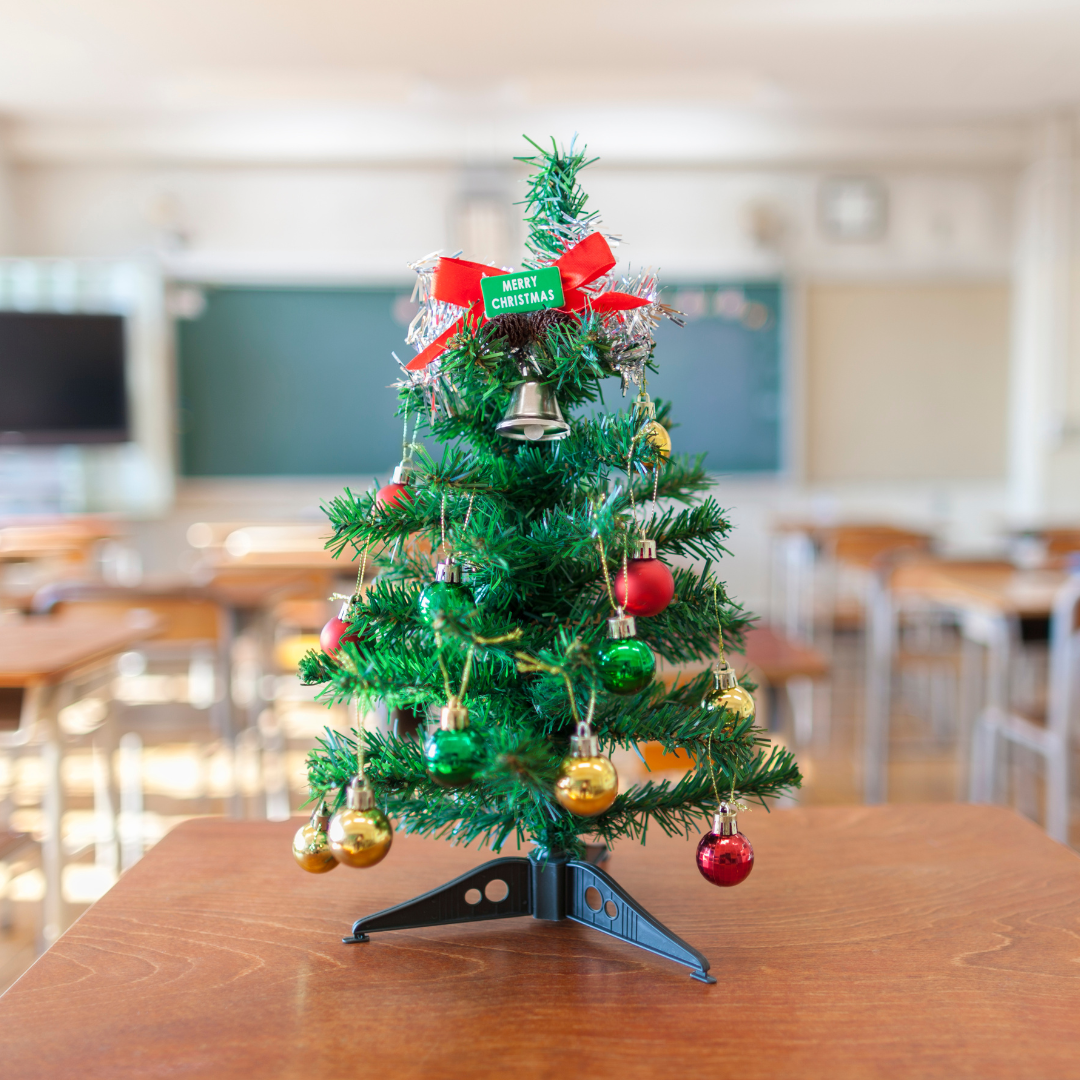
10 tips for de-centering Christmas in your classroom this year
Shelby KretzShare
In our diverse classrooms, acknowledging and celebrating religious and cultural diversity is a crucial aspect of fostering inclusivity and understanding. One important step towards creating a truly inclusive learning environment is to de-center Christmas during the winter season. While celebrating Christmas in the classroom can be fun, we have to remember that not all students share the same cultural or religious backgrounds.
Even if every single one of your students celebrate Christmas, it's still a fun opportunity for them to learn about other holidays, traditions, and celebrations.
Here are 10 tips to start to de-center Christmas in your classroom this year:
1. Avoid Assumptions: Instead of assuming which holidays your students celebrate, keep an open mind. Recognize that some families might not observe the holidays you expect, and be aware that referring to the "holiday season" might exclude those who celebrate their holidays at different times of the year. If that's the case, try "winter season" instead. Stay open-minded and embrace the diversity within your classroom.
2. Learn About Holidays Together: Acknowledge that you're not an expert on every holiday or belief system. Be honest about what you don't know and turn it into a collective learning opportunity. Engage your students in exploring various holidays through books, crafts, writing prompts, and research projects. Include non-religious celebrations to foster a broader understanding of cultural diversity.
3. Highlight Similarities Between Celebrations: Stress the similarities among different holiday celebrations and belief systems. While celebrating diversity is essential, emphasizing commonalities helps students develop empathy and recognize our shared humanity. Explore shared values, festive elements like food and music, and the significance of gathering with loved ones.
4. Diversify Classroom Decorations: Instead of setting up a holiday display that you think is inclusive, involve your students in creating meaningful decorations. Encourage them to craft representations of their favorite holidays (which may occur at any time of the year) or aspects they love about December or winter. Let the students contribute to a diverse and inclusive display that truly reflects their unique experiences.
5. Include Multiple Perspectives: Ensure that your classroom materials and discussions encompass a wide range of cultural perspectives. Introduce literature, history, and art that represent various holidays and celebrations from around the world, throughout the year.
6. Celebrate Year-Round: Promote the idea that learning about and appreciating different cultures is a year-round endeavor. Integrate diverse perspectives and holiday celebrations into your curriculum throughout the school year, not just in December.
7. Encourage Student Narratives: Provide opportunities for students to share their own cultural experiences, celebrations, and traditions. Encourage them to share about their favorite holidays, rituals, and customs.
8. Use Inclusive Language: Be mindful of the language you use in the classroom. Instead of exclusively referencing holidays, consider using more inclusive terms like "cultural celebrations" or "festivities" to acknowledge the variety of observances without privileging one over others.
9. Respect Individual Choices: Acknowledge and respect that some students and families may choose not to participate in certain celebrations. Foster an environment where students feel comfortable expressing their preferences and opting out of activities that may conflict with their beliefs or practices.
10. Cultivate a Sense of Belonging: Ultimately, strive to create a classroom atmosphere where every student feels a sense of belonging. By embracing diversity, respecting individual choices, and celebrating a wide array of cultures, you contribute to an inclusive learning environment for everyone.
De-centering Christmas in the classroom is not about cancelling Christmas! Christmas can be a beautiful holiday for those who do celebrate. De-centering Christmas is about recognizing the multifaceted identities of our students and creating an environment where everyone feels seen and valued. It's a commitment to fostering inclusivity, curiosity, and empathy among students and educators alike. By embracing the beauty of diversity in our educational spaces, we prepare students to contribute to a more open and inclusive world.
Want to learn more about talking to kids about social justice?
If you care about social justice and education, we want you to join us in this movement! Sign up here to get our 10 tips for talking to kids about social justice.
When you join our newsletter community, you’ll get free resources and support on teaching kids (and yourself!) about social justice.
And we’re wishing everyone a safe, fun, and inclusive winter season!
